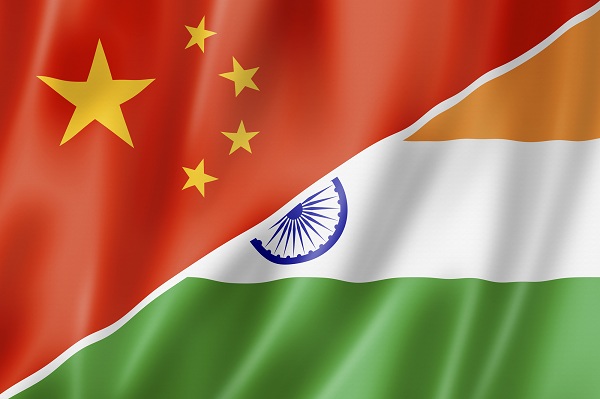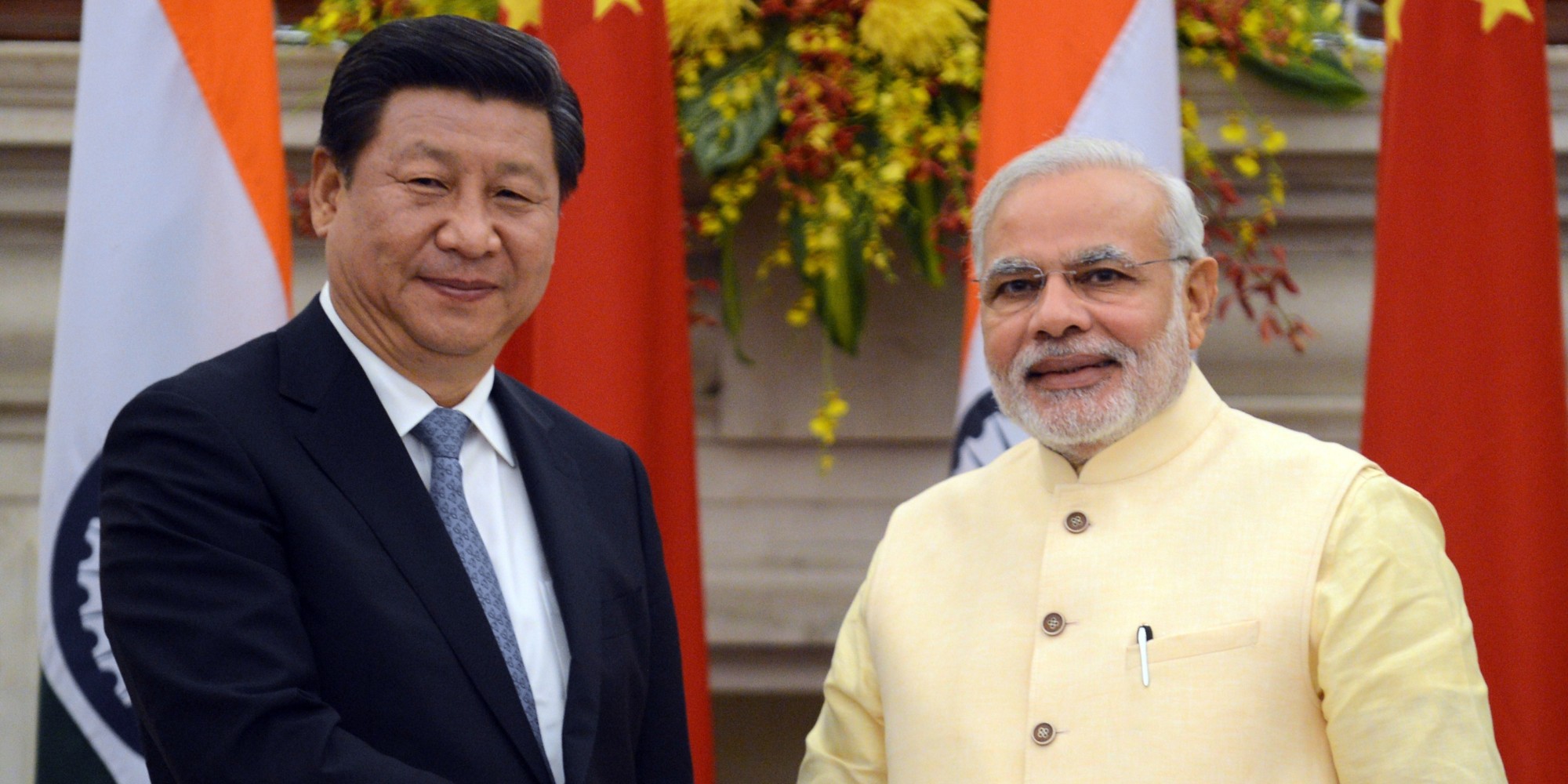Will India become the next China?
Battle of the world economic superpowers
By Michelle Port
 It is incontestable that in today's world the battle to become the most preeminent global super power is currently a two sided match between China and the USA. Yet, India has long been considered a nearly-super power on the cusp of similar status with elements of its economy that harness great potential for it to become a true challenger in the ring. Often underestimated due its inability to 'get its act together' to be considered a real threat, this month we look to the aspects of the country's industries and power that leading economic powers should pay more attention to if they are to keep hold of the reins.
It is incontestable that in today's world the battle to become the most preeminent global super power is currently a two sided match between China and the USA. Yet, India has long been considered a nearly-super power on the cusp of similar status with elements of its economy that harness great potential for it to become a true challenger in the ring. Often underestimated due its inability to 'get its act together' to be considered a real threat, this month we look to the aspects of the country's industries and power that leading economic powers should pay more attention to if they are to keep hold of the reins.
The game changer
Since Narendra Modi took to the helm as India's Prime Minister in May 2014, the country has seen positive change towards rapid economic growth and improvement of foreign relations. Both factors come hand in hand and must work in sync if India is to be taken seriously as a player on the world stage.
As an artful salesman, Modi has been able to spread his personable brand on foreign tours seeking to reshape the contours of foreign diplomacy. Prior to his ascension, India's place in terms of foreign relations has been viewed as disengaged and cautious towards the wider world. However, Modi is a real game changer that does peak China's interest when it comes to trade relations. As the leader of the world's biggest democracy, it comes as no surprise that India has looked towards Western countries to strengthen relations. In particular, Modi's recent visits to the US, Switzerland and Mexico position the country as a worthy nuclear state. Currently not a member of the 48-state Nuclear Suppliers Group (NSG), entrance would give India clear gains and access to a market in which to sell its own top civilian technology. Further, closer ties with America give China some cause for concern, playing into the Pentagon's efforts to counterbalance China's influence.
Leveraging soft power
Modi is clearly, on the surface, very popular in the public eye. Here, India's sources of soft power should not be underestimated in its ability to peacefully disrupt the current world order. The Indian diaspora already reaches far and wide globally with the expatriate community helping to disseminate Indian culture and traditions. More specifically, in terms of higher education, many Indians travel further afield to qualify for university degrees and eventually settle in these respective countries. It is these global connections and sources of soft power that allow India to project culture and give Modi the foot in the door to practise what has been termed 'yoga diplomacy'; the image of a peaceful disrupter.
How to solve the issue of efficiency?
China's economic growth in recent years is down to a number of factors, one of which is most certainly the efficiency of an authoritarian state to accelerate the progress of implementing policy or establishing necessary infrastructure. Land for factories, offices and apartments are more easily obtained whilst bullet trains and modern highways are constantly being worked on and appear to spring up everywhere. India must demonstrate that democracy does not equate to sluggishness and inefficiency.
 The paths to growth
The paths to growth
As domestic consumption in India accounts for more than half of the country's GDP (57 per cent), government budgets reflect this demand by focusing on stimulating rural demand to sustain the trend. In terms of Government reforms in the face of the current global economic slowdown and increasing uncertainty, India has certainly displayed strong resilience. Farm loans, crop insurance and health insurance schemes have proved highly beneficial to rural farmers. Alongside spending on rural infrastructure, these measures will improve capacity building at a grassroots level and in turn alleviate poverty. The resulting demand boost will likely sustain domestic demand over the longer term.
Internal demand in India is unprecedented. According to the latest World Economic Forum's Global Competitiveness Report, it has the third largest market size. At a time when global slowdown appears to be affecting more mature economies, it is now that India must capitalise on domestic consumption to drive forward. A focus on India's millennials to lead this growth will also be beneficial. With 440 million millennials, it has been estimated that around two per cent of India's population is already part of the urban middle classes (those with an annual income of $11,000) â and that's expected to rise in the future.
The potential to tap into this market to drive domestic consumption is great, especially as mobile connectivity and e-commerce continues to become more pervasive in the country. The way in which products and lifestyle can be marketed to this growing and crucial market is likely to catch up with similar trends currently apparent in China. It is certainly a place where domestic companies can capitalise on growth whilst simultaneously playing catch up to its Asian rivals.
People power
Finally however, it should not be overlooked that the current state of affairs for majority of the Indian population does not align with the lifestyles of the urban middle class. India still has much to do to improve health standards, education and labour market efficiency on the whole. In health and primary education, for example, India comes in at 98th of 144 economies, whereas China sits in 46th place. In higher education, India stands at 93rd, with China ahead in 65th. And in terms of labour market efficiency, India does not even make it into the top 100: it stands at 112th out of 144 measured economies; China finishes 37th.
The potential for India to catch up is great. However the reality shows that the chasm between India and China is deep. It will not be enough for India to surpass China in terms of economic growth. It must do more to overturn political inefficiencies that present barriers to business growth. Further, it must drill down to the core of how to take care of people that will clearly be the main drivers of success if it is to play a real role on the world stage.
---END---